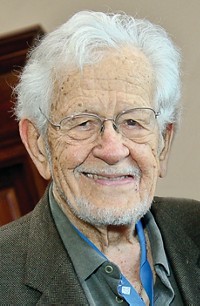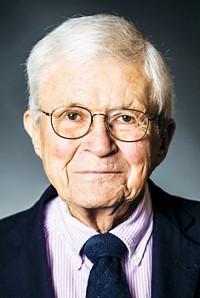Advertisement
Grab your lab coat. Let's get started
Welcome!
Welcome!
Create an account below to get 6 C&EN articles per month, receive newsletters and more - all free.
It seems this is your first time logging in online. Please enter the following information to continue.
As an ACS member you automatically get access to this site. All we need is few more details to create your reading experience.
Not you? Sign in with a different account.
Not you? Sign in with a different account.
ERROR 1
ERROR 1
ERROR 2
ERROR 2
ERROR 2
ERROR 2
ERROR 2
Password and Confirm password must match.
If you have an ACS member number, please enter it here so we can link this account to your membership. (optional)
ERROR 2
ACS values your privacy. By submitting your information, you are gaining access to C&EN and subscribing to our weekly newsletter. We use the information you provide to make your reading experience better, and we will never sell your data to third party members.
Analytical Chemistry
John S. Waugh
NMR pioneer created tools to aid scientists across multiple fields
by Elizabeth K. Wilson
November 17, 2014
| A version of this story appeared in
Volume 92, Issue 46
John S. Waugh, 85, a longtime Massachusetts Institute of Technology chemistry professor who helped pioneer solid-state nuclear magnetic resonance (NMR) spectroscopy and was one of the field’s leading experts for decades, died from complications of Alzheimer’s disease on Aug. 22 in Lincoln, Mass.
Waugh received his bachelor’s degree in chemistry from Dartmouth College in 1949 and his Ph.D. in chemistry and physics at California Institute of Technology in 1953. He then became a professor at MIT, rising through the ranks to become Arthur Amos Noyes Professor of Chemistry and an Institute Professor. He retired in 1997 but kept an office at MIT.
Waugh first encountered NMR before it had a name. At the urging of his graduate adviser, Don M. Yost, Waugh assembled a makeshift, car-sized instrument from a borrowed magnet and old batteries.
At the time, this budding technique could be applied only to liquids, as the peaks in the spectra of solids were too broad to be useful. But in the 1960s, Waugh began tackling the issue, using combinations of radio-wave pulses that separated the dipolar coupling of nuclear spins in solids, thus narrowing the peaks in the spectra.
Waugh augmented his experimental breakthroughs with a powerful theoretical explanation known as the average Hamiltonian theory, which is still widely used. He also pioneered the application of NMR to the detection of rare isotopes such as carbon-13.
During his storied career, Waugh garnered numerous accolades, including the Wolf Prize in Chemistry in 1983 and the Welch Award in Chemistry in 2011. He was a member of the National Academy of Sciences and a fellow of the American Academy of Arts & Sciences. He also chaired the Division of Chemical Physics of the American Physical Society.
Waugh summarized his scientific joie de vivre in an interview with MIT about his Welch Award: “I have had the special joy of helping pioneer an entirely new area of science and creating a collection of tools and techniques that other researchers continue to extend and build upon. I am pleased that my contributions continue to aid the work of scientists in so many fields as they add to our understanding of the world.”
He is survived by his third wife, Susan Walsh. He is also survived by a daughter, Alice, and a son, Frederick, from his first marriage to Nancy Collier as well as five grandchildren.
Obituary notices of no more than 300 words may be sent to Susan J. Ainsworth at s_ainsworth@acs.org and should include an educational and professional history.





Join the conversation
Contact the reporter
Submit a Letter to the Editor for publication
Engage with us on Twitter